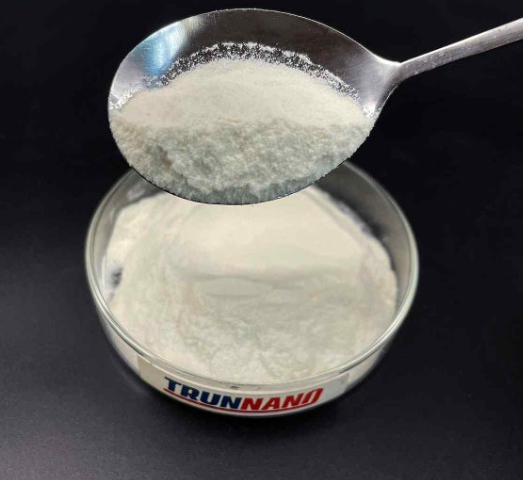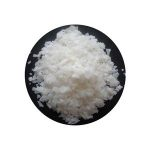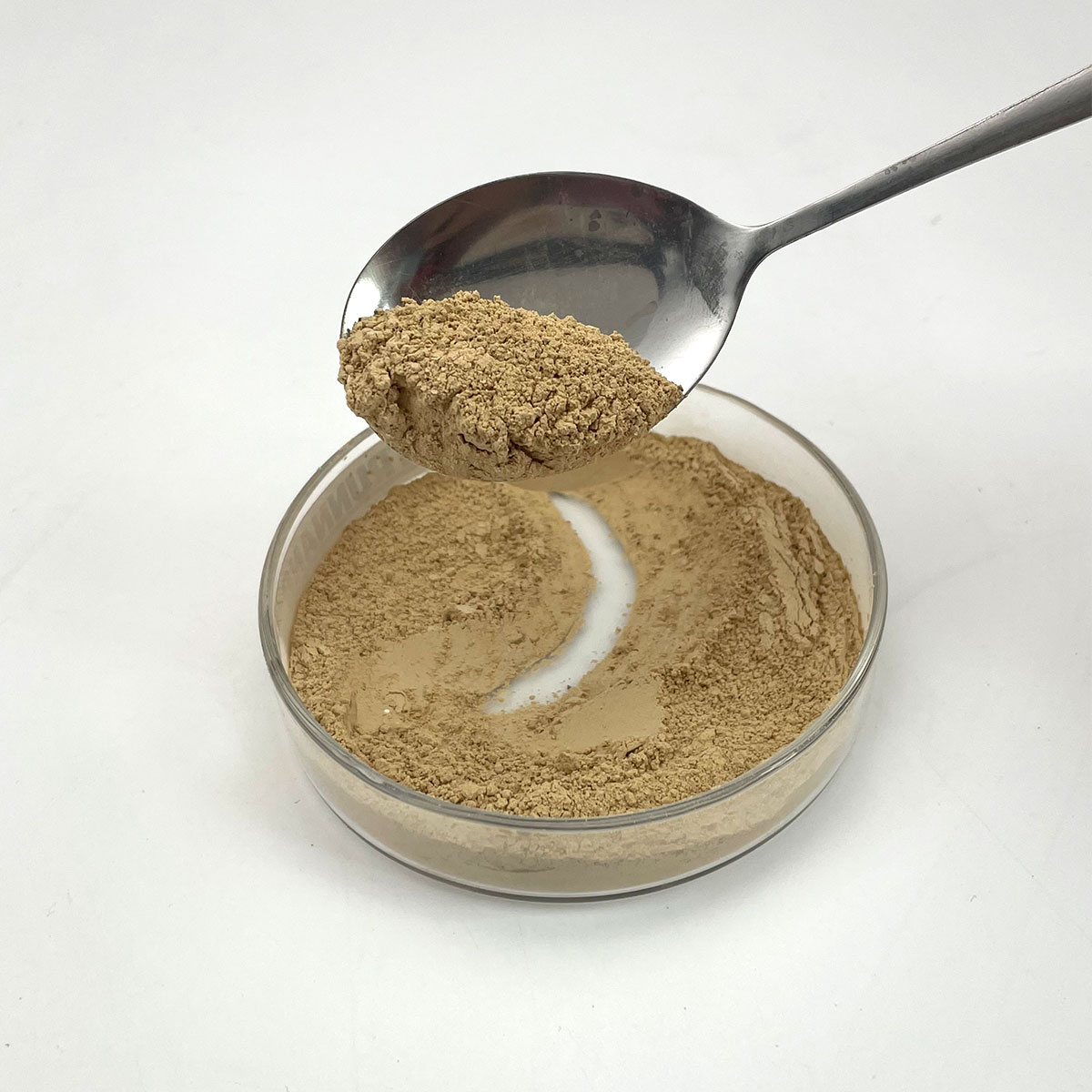1. Introduction
In the past 48 hours, major cosmetic brands like L’Oréal and Unilever have announced expanded commitments to phase out sodium lauryl sulfate (SLS) from rinse-off products in favor of milder, biodegradable surfactants—a move driven by growing consumer demand for cleaner, skin-friendly ingredients. This shift underscores a broader industry reevaluation of traditional surfactants and their environmental and dermatological impacts. At the heart of this conversation is sodium lauryl sulfate, one of the most widely used anionic surfactants globally, known for its powerful foaming and cleansing abilities—but also its potential for irritation.

2. Understanding Surfactants and the Role of Sodium Lauryl Sulfate
A surfactant—short for ‘surface-active agent’—is a molecule that reduces surface tension between liquids or between a liquid and a solid. The meaning of surfactant lies in its dual nature: one end is hydrophilic (water-loving), and the other is hydrophobic (oil-loving). This structure allows surfactants to emulsify oils, lift dirt, and create foam. Sodium lauryl sulfate (also known as sodium dodecyl sulfate or SLS) is a classic anionic surfactant derived from lauryl alcohol (often sourced from coconut or palm kernel oil). Its chemical formula, C12H25SO4Na, gives it strong detergency but also a reputation for being harsh on skin and eyes.
3. Sodium Lauryl Sulfate vs. Sodium Laureth Sulfate: The Sulfate Debate

3.1. Chemical Differences and Performance
While often confused, sodium lauryl sulfate (SLS) and sodium laureth sulfate (also called sodium lauryl ether sulfate or SLES) are distinct compounds. SLS is not ethoxylated, whereas SLES is produced by ethoxylating dodecyl alcohol before sulfation. This ethoxylation process makes SLES milder and less irritating. Both are anionic surfactants and excellent foaming agents, but SLES is preferred in shampoos and body washes due to its gentler profile. You’ll often see ‘sodium lauryl ether sulphate in shampoo’ labels—this is SLES, not SLS.
3.2. Safety and Misconceptions

Despite viral claims online, neither SLS nor SLES is classified as carcinogenic by major health agencies. However, SLS can disrupt the skin barrier, especially in leave-on products. The confusion often stems from mislabeling—’sls sodium laureth sulfate‘ is a common error; SLS and SLES are different. Terms like ‘sls sulfate’ or ‘sulfate laureth’ reflect consumer uncertainty rather than scientific accuracy.
4. Beyond Sulfates: The Rise of Alternative Surfactants
4.1. Amphoteric and Non-Ionic Options
To reduce irritation, formulators increasingly blend SLS with amphoteric surfactants like cocamidopropyl betaine (also called coco betaine, amidopropyl betaine, or coco amido propyl betaine). These molecules carry both positive and negative charges depending on pH, making them compatible with anionic systems while boosting foam stability and mildness. Non-ionic surfactants like polysorbate 80, Span80, Pluronic 127 (poloxamer 188), and ethoxylated alcohols offer emulsification without charge, useful in herbicide formulations as surfactants for weed killer or lawn wetting agents.
4.2. Bio-Based and Glucoside Surfactants
Eco-conscious brands are turning to bio surfactants such as alkyl polyglucoside, decyl glucoside, and coco glucoside. Derived from sugar and fatty alcohols, these non-ionic surfactants are biodegradable, non-toxic, and gentle—ideal for baby products and sensitive skin. Similarly, sodium cocoyl glutamate, sodium lauroyl sarcosinate (a sarcosinate-based surfactant), and sodium cocoyl isethionate offer effective cleansing with minimal irritation. Methylated seed oil, though not a surfactant itself, is often used alongside bio surfactants in agricultural adjuvants to enhance herbicide penetration.
5. Industrial and Agricultural Applications
Beyond personal care, surfactants like sodium dodecylbenzene sulfonate and lignin sulfonate are common in detergents and industrial cleaners. In agriculture, surfactant for herbicides must act as a wetting agent for grass, helping active ingredients adhere to waxy plant surfaces. Nonionic surfactant types—such as ethoxylated alcohols or alkyl polyglucosides—are preferred here due to their compatibility with a wide pH range and low phytotoxicity. Companies like Rohit Surfactants Private Limited supply specialized blends for these markets, including sodium lauryl sulfate for sale in bulk for industrial use.
6. Cationic and Specialty Surfactants
While anionic surfactants dominate cleaning products, cationic surfactants like cetyl trimethyl ammonium bromide (CTAB or cetyltrimethylammonium bromide) are used for their antimicrobial and conditioning properties—common in hair conditioners and disinfectants. Fluoro surfactants and sodium deoxycholate serve niche roles in labs and pharmaceuticals. Notably, copper 1 bromide and ammonium lauryl sulfate (or ammonium dodecyl sulfate) are used in research and specialty formulations, though less common in consumer goods.
7. Conclusion
Sodium lauryl sulfate remains a benchmark for cleansing power, but its drawbacks have accelerated innovation in surfactant chemistry. From amphoteric cocamidopropyl betaine to plant-derived alkyl polyglucosides, the market now offers effective, sustainable alternatives that balance performance with safety. Whether you’re formulating a shampoo, a weed killer, or an industrial cleaner, understanding the distinctions between anionic, cationic, non-ionic, and amphoteric surfactants is key to choosing the right ingredient. As consumer awareness grows, the future of surfactants lies in transparency, biodegradability, and skin compatibility—not just foam volume.
Our Website founded on October 17, 2012, is a high-tech enterprise committed to the research and development, production, processing, sales and technical services of ceramic relative materials such as Sodium. Our products includes but not limited to Boron Carbide Ceramic Products, Boron Nitride Ceramic Products, Silicon Carbide Ceramic Products, Silicon Nitride Ceramic Products, Zirconium Dioxide Ceramic Products, etc. If you are interested, please feel free to contact us.


